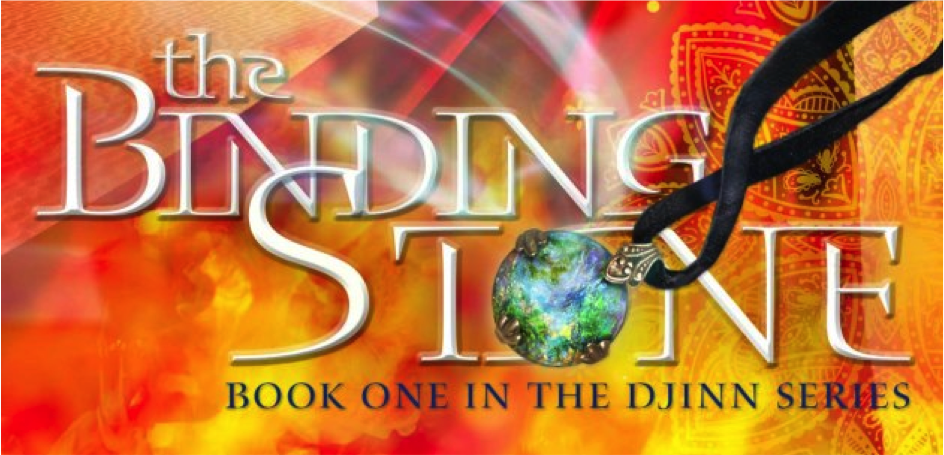 |
| photo credit |
Grechen
said...
My question deals with your genre, how
do you balance adult interaction with teens without having the adults become
underdeveloped absentee people?
A: Great question, Gretchen! Here’s a
blogpost where I talk a bit about that.
Dean
K Miller said...
How do I get my alien co-author to keep
the story in and earthly time zone, and also quit drooling his snarfly-slime
all over the pages?
A: That’s the trouble with aliens,
Dean. If you’re going to partner with someone, you should make sure you’re
compatible.
Jill Kemerer said...
How do I meet my word goals without
drowning in coffee? :)
A: I can certainly relate to this one!
The best thing you can do is bring a floatation device to the computer. Oh and
maybe switch to half caf!
Ebony McKenna. said...
How do I present myself as normal when
there are so many voices in my head?
A: That’s the great thing about being a
writer! We’re all crazy, so we GET it. ;D
Medeia Sharif said...
How do you prevent yourself from going
back and editing parts of a draft when your still drafting? It's such a time
suck, but I itch to do it. I'm getting better at not doing it, but I can't help
but go back.
A: You don’t! It took me a while to
figure that out. But here’s the thing. If there’s a “rule” that you know, but
you function better outside the parameters of that rule, I say break it. I edit
sometimes as I go. If I don’t fix something it bothers me, so much so that
sometimes I really can’t move forward without fixing it. Sometimes I follow
that same rule, but when it gets in the way of my writing? I don’t.







